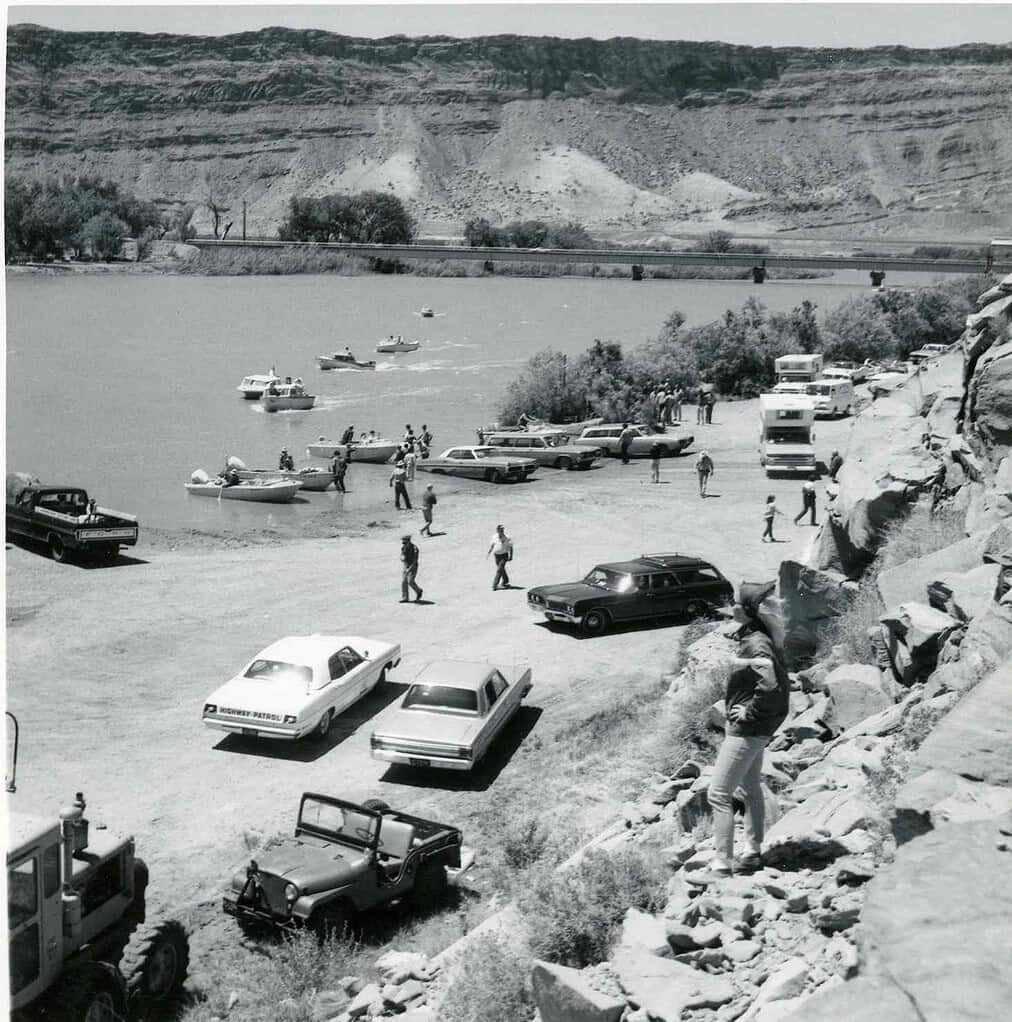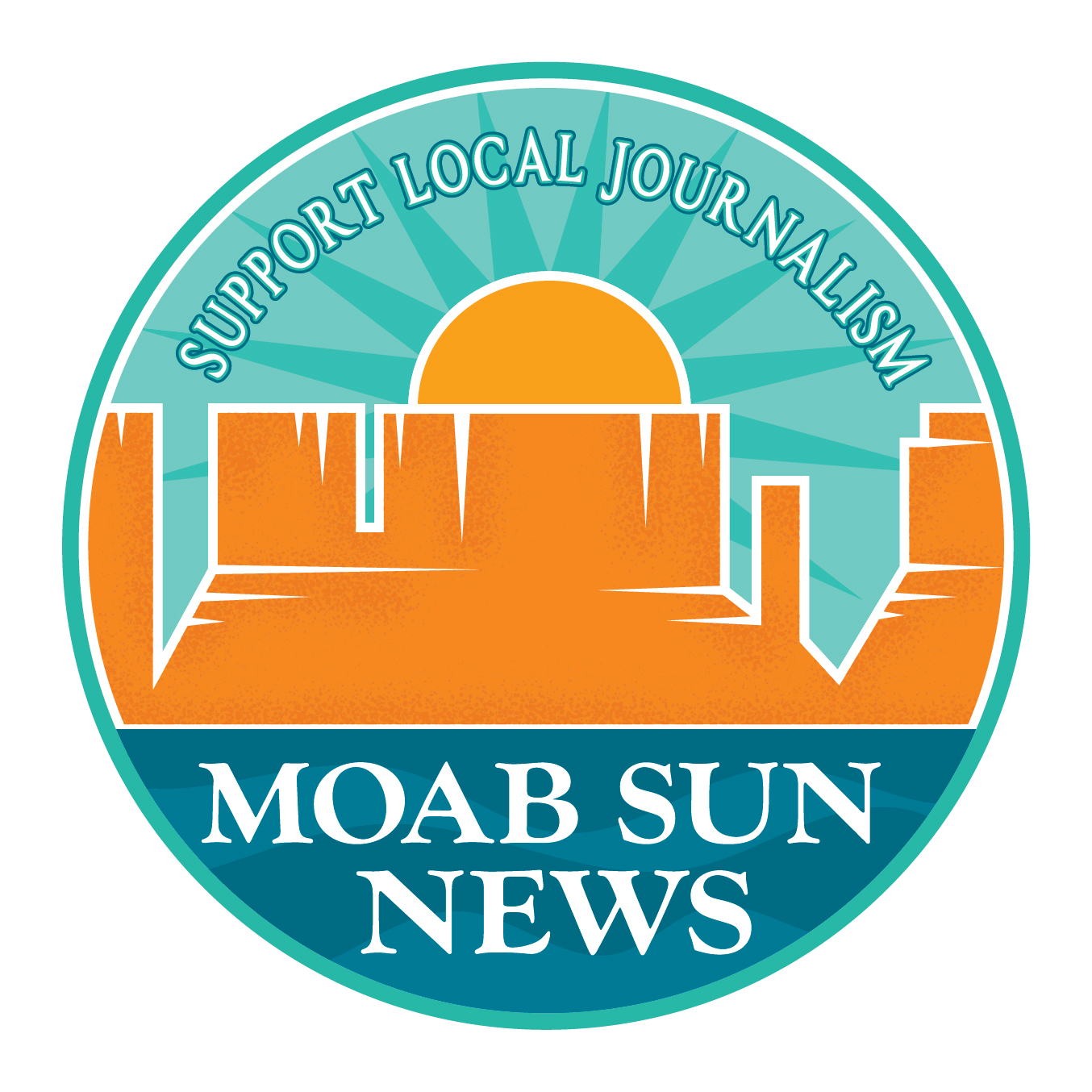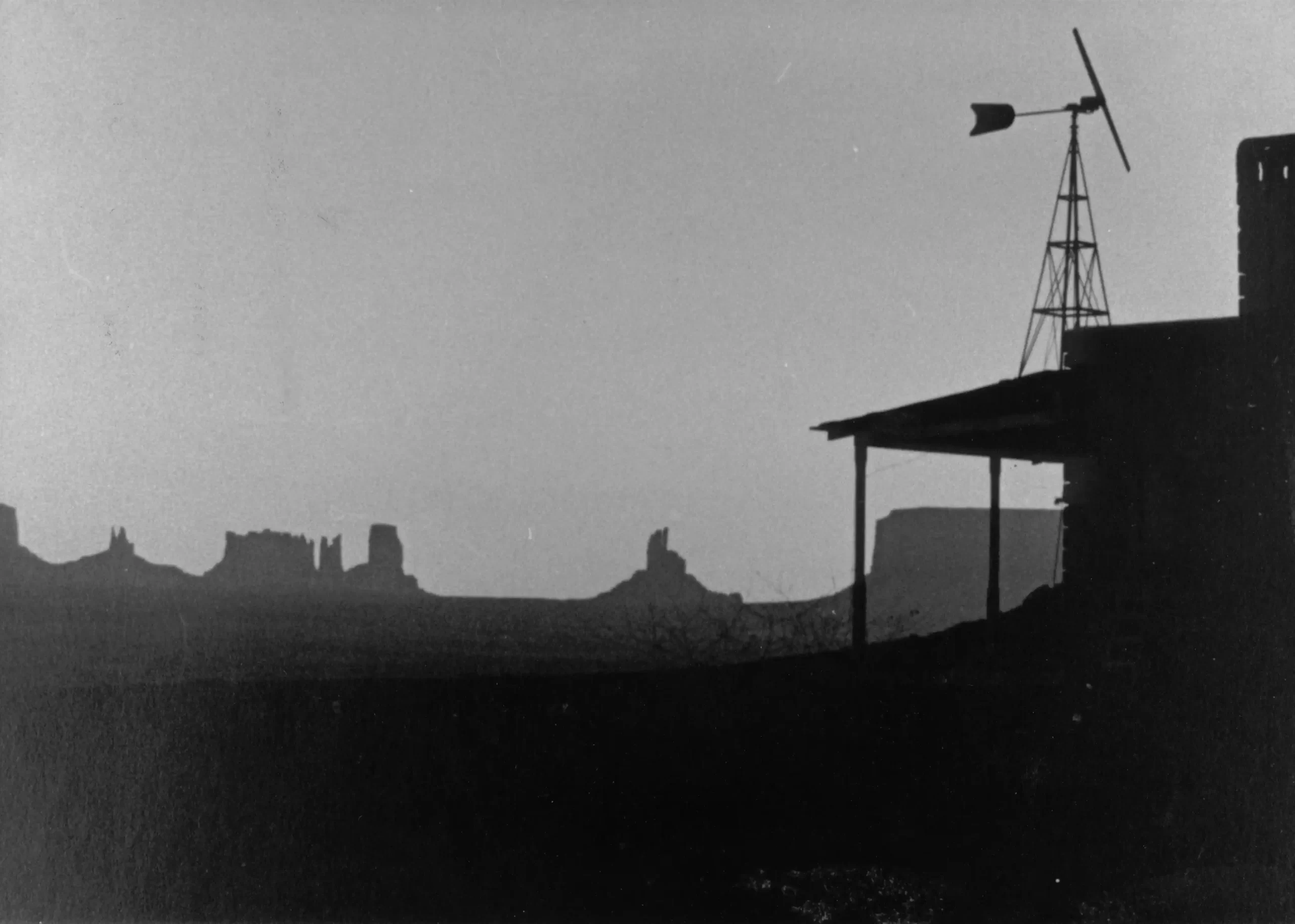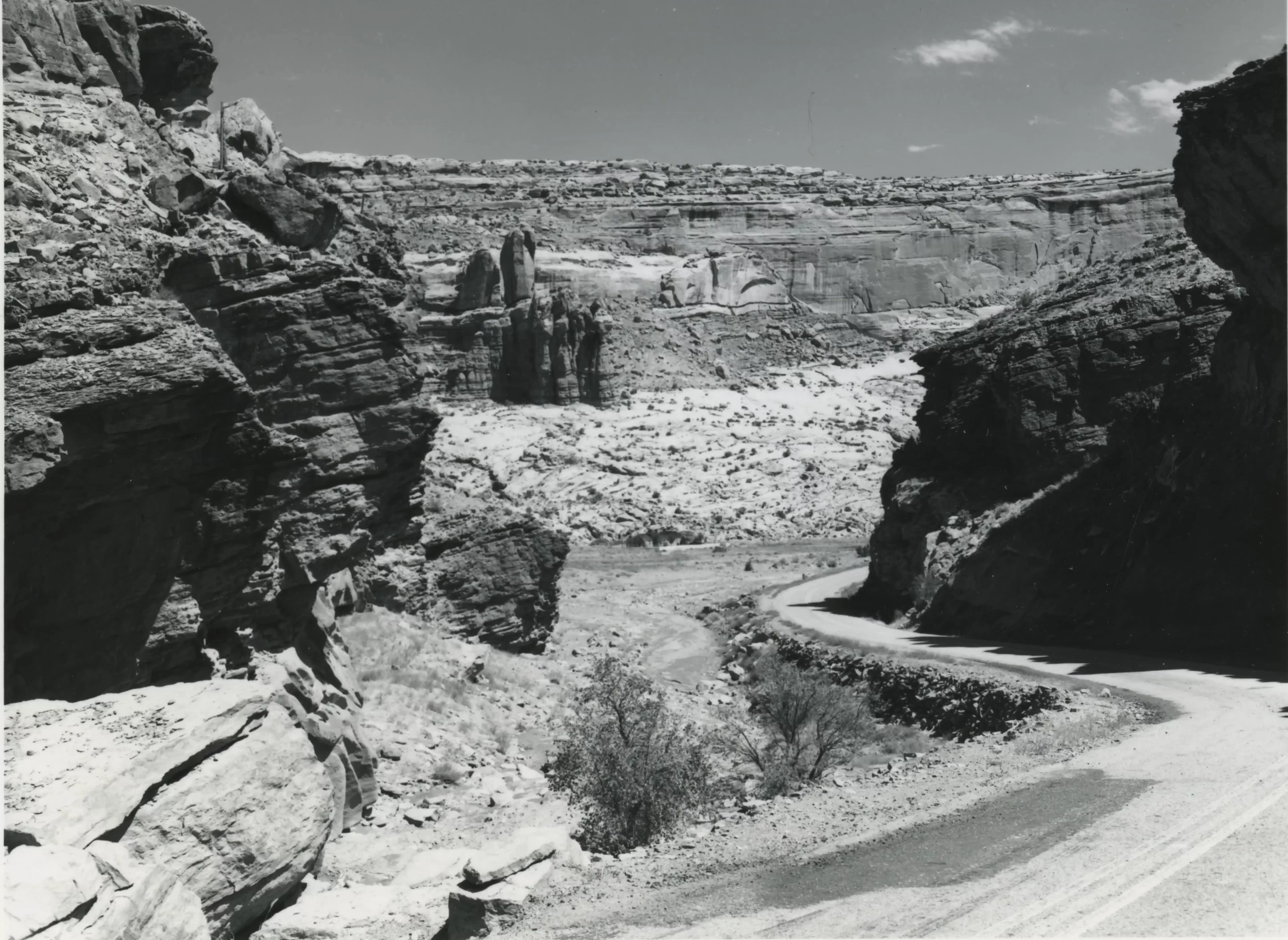Some information may be outdated.
The Colorado River represents 1,450 miles of lifeblood for much of the American West, the foundation of many industries throughout the Upper and Lower Basins, and the historic and present home to the millions who are reliant on the river’s flow.
On July 25, we celebrate Colorado River Day: a day to memorialize the signing of House Joint Resolution 460, which formally changed the name of the “Grand River,” as it was called in the early 1800s, to the “Colorado River” we know today. The bill was put forward by Colorado Congressman Edward Taylor, a Glenwood Springs resident.
Prior to 1921, the name “Colorado River” only applied to the section of the river below the confluence of the Green and the Grand rivers in Canyonlands National Park.
A year later, The States of Arizona, California, Colorado, Nevada, New Mexico, Utah, and Wyoming, resolved to enter into a compact under the Act of the Congress of the United States of America approved on August 19, 1921: The Colorado River Compact.
We’ll elaborate on this dividing, seminal, and guiding document in future columns – it deserves a deep dive.
Moabites and residents of the Moab Valley have been drawn to the river in the heat of the summer for generations. Photographs in the Moab Museum’s Collection via Fran and Terby Barnes reflect the river’s draw on a community.




View the full Archive at Southern Utah University or at Grand County Public Library.
The Moab Museum is dedicated to sharing stories of the natural and human history of the Moab area. To explore more of Moab’s stories and artifacts, find out about upcoming programs, and become a Member, visit www.moabmuseum.org.
Appreciate the coverage? Help keep local news alive.
Chip in to support the Moab Sun News.





